The color fastness of textiles (hereinafter referred to as color fastness) refers to the fading process of dyed or printed fabrics under the action of external factors (extrusion, friction, washing, rain, exposure, light, seawater immersion, saliva immersion, water stain, sweat stain, etc.) in the process of use or processing. It is an important index of fabrics. Good color fastness, textiles are not easy to fade in the process of post-processing or use; If the color fastness is poor, there will be color fading or staining, resulting in a lot of trouble.
The most common textile color fastness problems:
Unqualified fastness to sunlight: during the wearing process of coats and clothing, the color of the parts exposed to more sunlight becomes lighter or discolored (generally the back and shoulder), while the color of the parts not exposed or less exposed remains unchanged or changes slightly, resulting in different colors of the products with the same original color, which can no longer be used.
Our company detects light fastness related machines:

1. AC01 Light Fastness Tester (air-cool)
2. AC02 Light Fastness Tester (water-cool)
Unqualified color fastness to washing, soaping and dry cleaning: clothes fade after washing. Silk clothing, wool clothing and pure cotton clothing are most prone to such problems.
Our company detects color fastness to washing and other related machines:
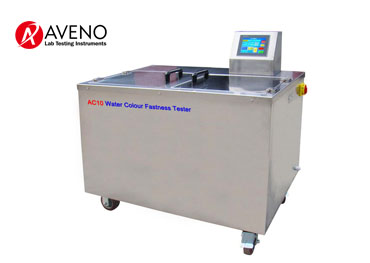
AC10 Water Colour Fastness Tester
Unqualified color fastness to rubbing: in the process of using textiles, because different parts of the product are subject to different degrees of rubbing, the degree of fading is different. For example, the elbows, collars and armpits of coats and sleeves are most likely to fade. In addition, the buttocks and knees of trousers are also easy to fade.
Our company detects the color fastness to rubbing related machines:
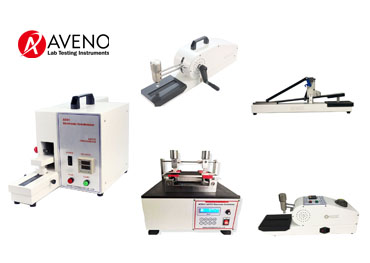
AATCC Crockmeter: AC04, AC04-2, AC04-3, AC05, AC05B
The color fastness to perspiration is unqualified: mainly when summer clothes or close-fitting underwear are worn, the color will fade due to perspiration impregnation.
Our company detects
the color fastness of perspiration related machines:
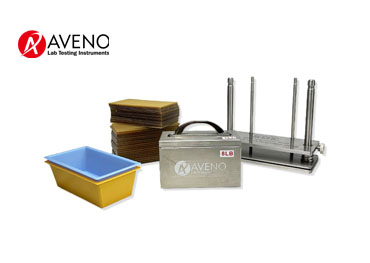
AC08 Perspiration Tester
Factors affecting the color fastness of textiles:
There are many factors affecting the color fastness of dyed products, but it mainly depends on the chemical structure of the dye, the physical state of the dye on the fiber (the degree of dispersion of the dye, the combination with the fiber), the concentration of the dye, the dyeing method and process conditions, etc.; The nature of the dye is also closely related to the color fastness.
More about AVENO:
Please click: https://www.avenotester.com/
Contact Us Now!
Sales Dept Tel: +86 15280858852
Email: sales@avenotester.com
Skype: sales@avenotester.com
Web: www.avenotester.com






 +8615280858852
+8615280858852








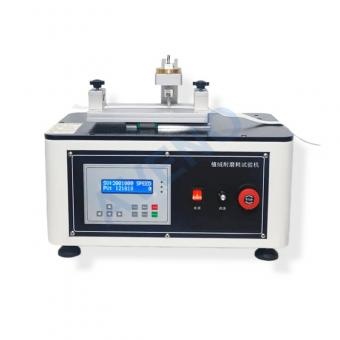
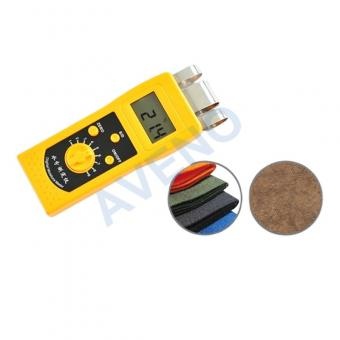
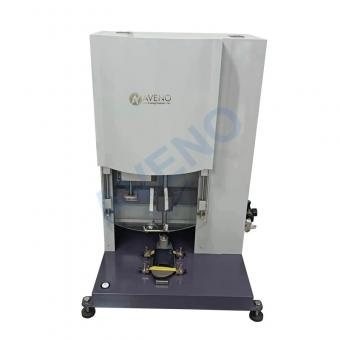
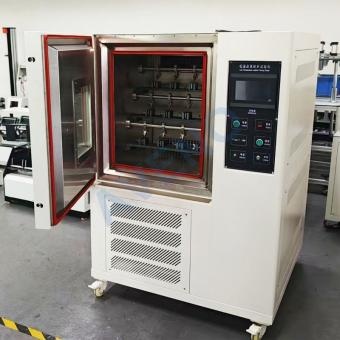
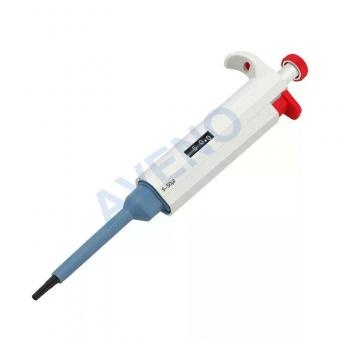

 Oct 06, 2025
Oct 06, 2025





 online service
online service +8615280858852
+8615280858852
 +8615280858852
+8615280858852